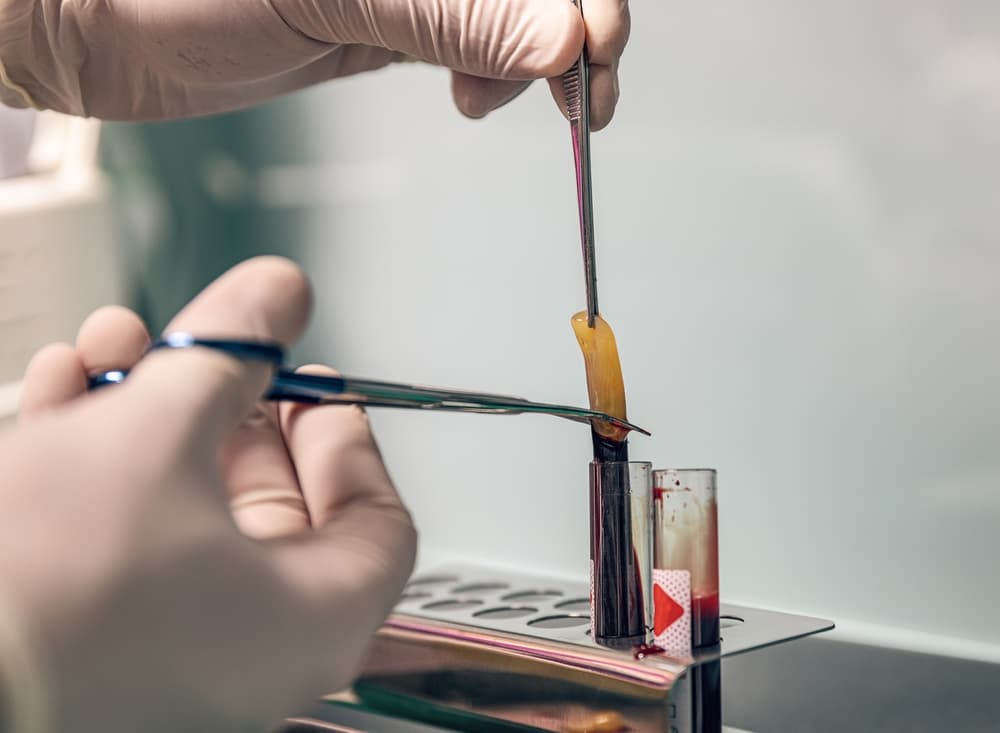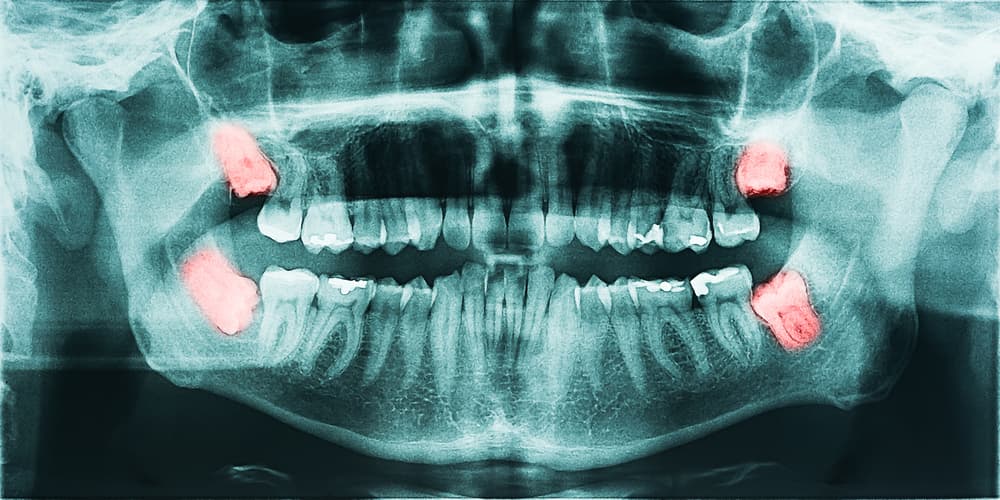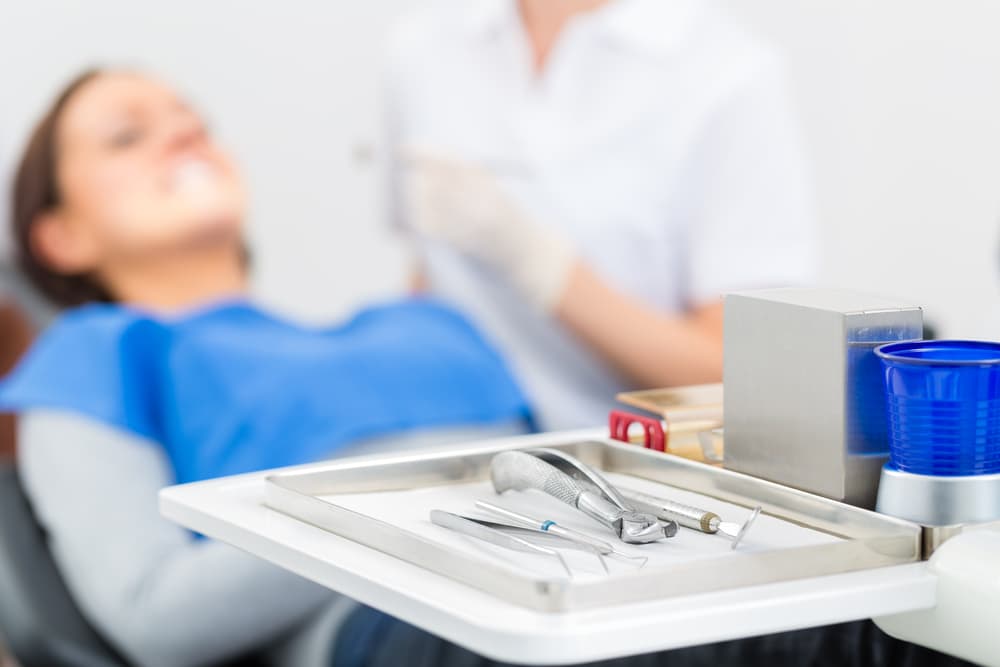We all know oral health is important, but what are the different types of oral surgery and how do you know whether you need it or not?
Oral surgery refers to any surgery performed on one’s teeth, gums, jaw, or other similar oral areas. These procedures include tooth extractions or implants, gum grafts, and jaw reconstructions.
Dr. Jaclyn Wong offers a range of six oral surgery procedures, so you’re bound to find one that is suited to the oral surgery you may be needing. Here’s what she has to offer:
1. Dental Implants

When someone loses a tooth, they may want to replace it for the aesthetic benefits that come with filling in the gap. But filling this gap with an implant also serves a functional purpose as it maintains the tooth root structure to avoid further issues.
It is a common misconception that the dental implant is a false tooth, however, a dental implant is made up of three parts. These three parts are the implant, which replaces the tooth root, the abutment, which connects the implant and the crown, and the crown, which is designed to look and feel like a real tooth would.
The procedure involves, firstly, the placement of the titanium implant, which fuses with the jawbone to ensure it fully replaces where the natural tooth root was. This process of fusing and healing takes between three and six months. After this period, the patient can return for the attachment of the abutment and dental crown.
2. PRF Grafting

Platelet-rich fibrin (PRF) refers to a biomaterial that is used for healing in oral surgery and for bone and soft tissue regeneration. PRF is used by Dr. Jaclyn Wong to help patients heal wounds and regenerate tissue after bone grafting oral surgery.
Bone grafting involves filling in bone deficiencies and ultimately improving bone quality and healing tissue to make for a more stable foundation for dental implants, which were discussed above.
Patients receive PRF grafting to regenerate their bones after dental implants or as a form of treatment for periodontal diseases among other dental issues.
3. All-On-4

The All-On-4 treatment involves replacing a full arch of teeth with four implants. Not only is this treatment a permanent alternative to dentures, but it is also more feasible than receiving treatment for four individual dental implants. This surgery does not require the patient to receive bone grafting treatment since the implants are placed on a denser bone type.
4. Pre-Prosthetic Surgery

Pre-Prosthetic surgery refers to the oral surgery that is performed before a prosthetic device, such as a denture, is fitted into the patient’s mouth. This surgery includes treating wounds, smoothing out bumps, and placing dental implants to create a better foundation for the prosthetic device.
5. Tooth Extractions

The most common tooth extraction surgery is the surgery to remove wisdom teeth. This oral surgery can eliminate the pain and discomfort a patient may be experiencing due to the growth of unnecessary teeth, such as wisdom teeth.
Wisdom teeth are four teeth that grow behind one’s second premolars and often emerge from underneath one’s gums between the ages of 17 and 25 years old. Other than choosing to have your wisdom teeth removed because of the pain they cause while coming through the gums, wisdom teeth may cause bone loss, decay, or crowding of other teeth.
The wisdom teeth extraction surgery is either performed under local or general anaesthetic, depending on Dr. Wong’s assessment.
6. Emergency Oral Surgery

You should not wait to seek attention or immediate oral surgery if you experience a dental emergency. Not only will this ease any pain you may be experiencing, but immediate action can also help you avoid further damage in the area.
Dental emergencies include chipped or cracked teeth, crooked teeth, an oral infection, or any pain in the oral region, such as a toothache. It is important to get this checked as early as possible to ensure the issue is resolved and further damage is avoided.
To read more about these services offered by Dr. Jaclyn Wong, please have a look here.
Don’t hesitate to book an appointment with Dr. Wong, whether you’d like a consultation or would like to know if you need oral surgery.
7. Gum Grafting

If you are suffering from receding gums and would like to protect your teeth from further damage, you could be a suitable candidate for a gum grafting procedure. The gums help to protect the teeth, so when they recede, the tooth roots are often exposed and vulnerable to wear and tear. This can lead to various health problems and also affect the appearance of one’s smile.
Fortunately, gum graft surgery is an effective treatment option. Also known as soft tissue augmentation or gingival grafting, the procedure involves the use of soft tissue from the roof of the mouth or another area of the mouth. The healthy tissue is attached to the area where the gum tissue has worn away. In time, the gums will function properly again and will look and feel healthy, tight, and firm once more.
8. Pinole Gum Surgery

Another possible treatment for gum recession is pinhole gum surgery. During this procedure, the gum is pulled back over the exposed tooth root. The surgery is much less invasive than other techniques and doesn’t require any stitches. During the surgery, your dentist will use a small needle to create a hole in the existing gum tissue. Special instruments can then be placed through the hole to loosen the gum tissues. The gum is gently expanded and repositioned until it covers the exposed root structure.
